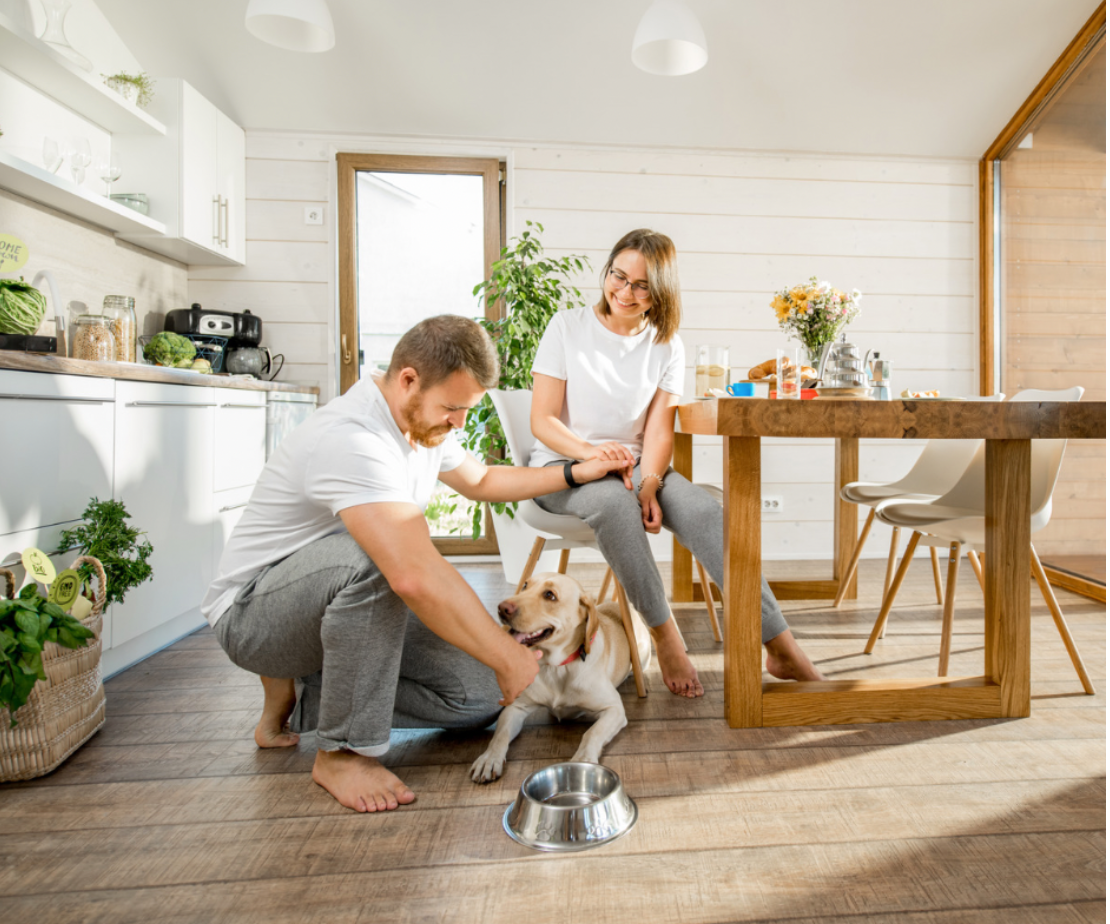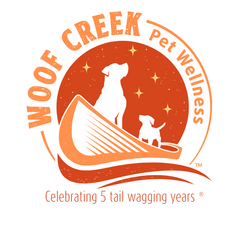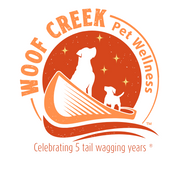Water 101: The importance of maintaining cleanliness and choosing the right water bowl for your pets

At a glance:
- The Risks of Unclean Water Bowls
- How to clean your pet’s food and water bowls
- What to look for in a good pet dish
- Choosing a water source
As a responsible pet owner, there are so many ways in which we go above and beyond for our fur babies. While we may pay careful attention to things like our dog's diets, daily exercise routine and enrichment, one small but significant detail often goes overlooked: the cleanliness of their water bowl. In this blog post, we'll discuss the importance of dog water bowl material and sanitation as well as the quality of water our furry friends have access to and how it can impact their overall health.
The Risks of Unclean Water Bowls:
When’s the last time you washed your pet’s water bowl? Unlike food bowls, water dishes are often not cleaned enough due to the fact that only water is put into them, and as such they’re presumably clean. However, unclean water bowls can become a breeding ground for bacteria, algae, and other harmful contaminants. Each time your dog drinks from their bowl, food particles, dust, dirt and anything else on their beards/jowls are spread into the water. The longer water sits in a bowl, the more dirt and dust from the environment makes its way into the bowl. When dogs drink from contaminated water bowls, they are at risk of developing gastrointestinal issues, urinary tract infections, and other health problems. Additionally, standing water can attract insects, further compromising the quality of the water.
Here are some tips for cleaning your pet’s water bowls:
- Daily Cleaning: Rinse the water bowl with hot water and mild detergent every day to remove any residual food particles, saliva, and mineral deposits either at the beginning or the end of the day.
- Deep Cleaning: At least once a week, scrub the water bowl with a pet-safe antibacterial solution. Rinse thoroughly to ensure no harsh chemicals remain.
- Drying: Air-dry the water bowl completely after cleaning to prevent the growth of mold and mildew.
- Replacement: Depending on the type of bowl you are using, you may need to consider replacing water bowls regularly. For instance, plastic bowls can develop scratches and cracks overtime that harbor bacteria.
Choosing the Right Water Bowl:
There are hundreds of pet dishes on the market, but when choosing what bowl to use for your pup’s water, consider that not all bowls are made equally. Stainless steel or ceramic bowls are recommended, as they are less prone to scratches and bacterial growth than a plastic bowl might be. Additionally, they are easy to clean and maintain and as such will last longer.
Plastic bowls often contain chemicals like phthalates that are made to increase the bowls sturdiness (as mentioned before, plastic bowls do need to be replaced more often than bowls of other materials.) These chemicals pose a potential threat to pets that consistently eat and drink out of bowls containing them, especially when the bowls maintain cuts or scrapes, and when they are not properly cleaned between uses. The United States Consumer Product Safety Commission actually prohibited concentrations of greater than .1% in children’s toys in 2017.
Stainless steel bowls are the top choice for their noteworthy durability, ease of cleaning and overall safety. When choosing a stainless steel bowl, there are many different grades by which their durability is assessed. The most important factor is that the bowl is “food grade.” Even with a more durable bowl, regular cleaning (daily) and ensuring your pet’s access to clean water within that bowl is still paramount to maintaining their overall health.
We recommend bowls like this one from basispet or this one from nmndesigns that are made with high quality stainless steel.
What kind of water to give your pet:
When looking at the quality of water sources for pets, several factors come into play. The primary concern is the presence of contaminants like bacteria, heavy metals, and chemicals. These impurities can have effects on the overall health of pets, much like they can for us humans. To address this concern, pet owners can take proactive measures to ensure the quality of water sources. Investing in a reliable water filtration system, like a filter that attaches to the faucet or an external filter like a Britta, is a great way to filter impurities and improve the quality of water your pet is drinking. A great rule of thumb is to only give your pet water from a source you’d feel comfortable drinking from yourself!
Understanding the source of water is equally important. While you may use tap water to wash your hands, dishes and pet dishes, this doesn’t necessarily mean it should be consumed on a daily basis by your pets. Some regions have water supplies that contain higher levels of certain minerals or chemicals, which may not be ideal for animals without utilizing filtration.
Summary
Maintaining the cleanliness of your dog's water bowl is a simple yet crucial aspect of pet care.
By adopting regular cleaning routines and choosing the right water bowl materials, as well as being mindful of the water that your pet is given, you can ensure that your canine companion stays healthy, hydrated, and happy.









